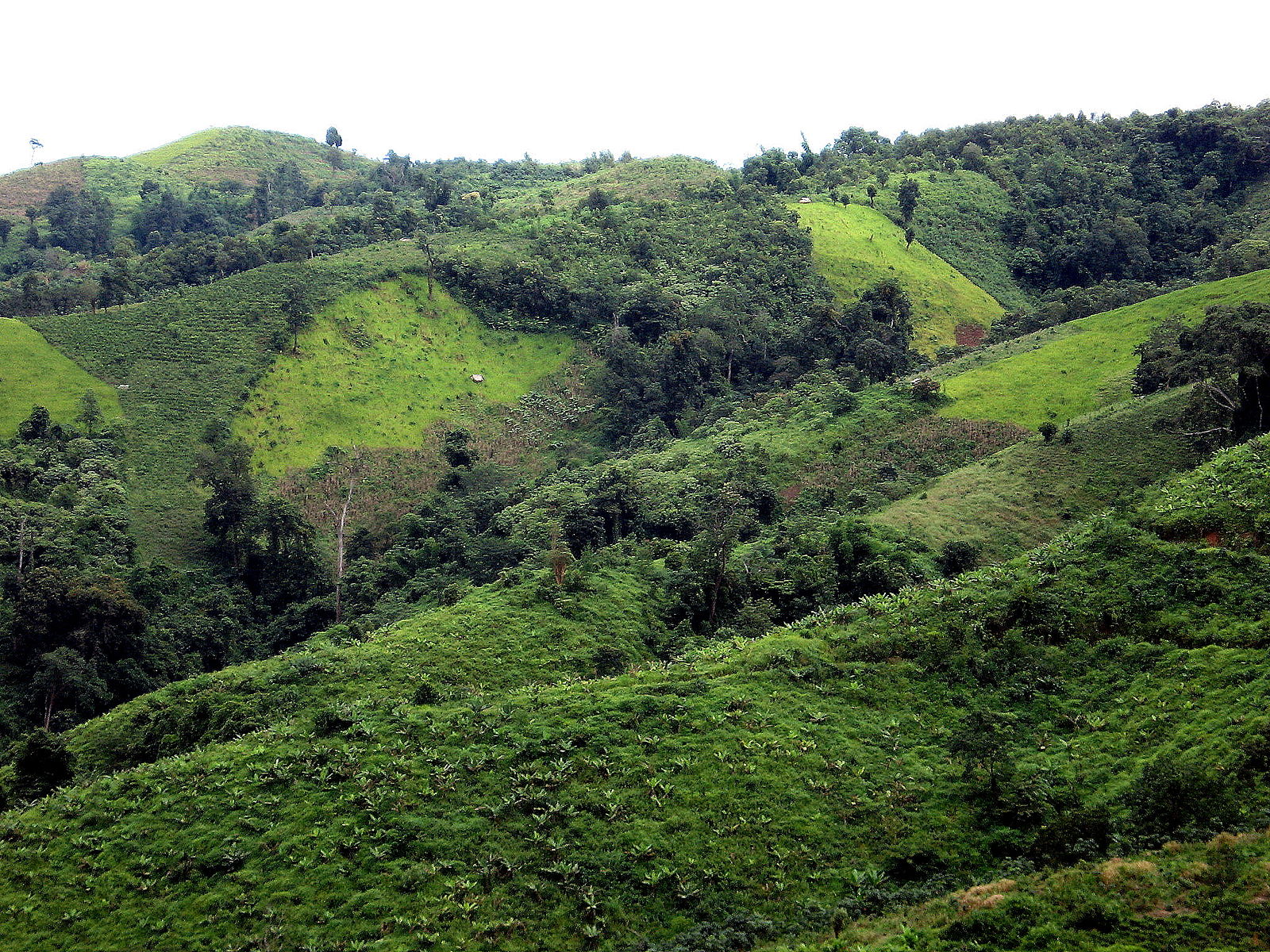Though now one of the most arid regions in the world, the Middle East was once home to a lush environment. Sadly, the scattering of forests and natural vegetation that formerly defined the landscape have all but disappeared as a direct result of deforestation, development, and climate change—both natural and man-made. Cedar forests and pine groves have been replaced by naked countryside and smog-filled metropoles in a region that was once a cradle of agriculture. This gradual environmental change has been accompanied by acute climatological crises: From 1998 to 2012, a devastating drought scorched the Middle East—one worse than any in the past 900 years. Its effects were searing: Groundwater reserves dwindled and agricultural yields struggled, jeopardizing the basic needs of many and contributing to instability in the region.
Perhaps the most pressing ecological change in the Middle East is the increasing run-off of the arid region’s ever-important groundwater. Natural forest cover plays an important role in retaining subterranean water reserves, so widespread deforestation of remaining forests presents a serious threat to water security in the Middle East.
Yet even with officials recognizing the importance of forests and other plant life, reforestation policies seem difficult to implement in such an arid region. Fortunately, Middle Eastern governments and NGOs can look to China, a country with significant success in reforesting to resist desertification, as a model for creating a healthy and sustainable environmental future for the region.
In 2018, China pledged to plant an area the size of Ireland with drought-resistant trees as part of a program that has already invested more than 80 billion USD in ecological restoration efforts. In the northern Kubuqi Desert of China, business firms along with local and governmental groups have partnered to replant hand-picked vegetation, which has reduced the chances of sandstorms in nearby areas. China has been successful in restoring an estimated value of 1.8 billion USD to the region over 50 years through the return of agriculture, grazing, and tourism. Admittedly, this initiative has been a double-edged sword: It employs up to 60,000 workers at a time but has occasionally displaced established farmers from their lands. Nevertheless, China’s tree-planting program demonstrates that, even in arid regions, reclaiming lost plant cover is not only possible but also carries the benefits of creating jobs and making the environment more suitable for economic development.
China’s success may partially be due to its authoritarian government’s ability to allocate huge sums of money without public scrutiny. Though often rightfully criticized, many of the governments of the Middle East—such as Saudi Arabia, Iran, Kuwait, and the UAE—have authoritarian control and could initiate these projects with the same efficiency. Poorer countries in the Middle East could emulate the public-private partnerships used in China’s ecological restoration program. Many other options exist to aid public financing. Countries can lower taxes for businesses willing to invest in these projects, reduce regulatory hurdles for private impact funds interested in investment, and offer matching funds for companies and NGOs willing to take on this challenge.
Nonetheless, governments hoping to reforest must consider two concerns about China’s approach. First, the creation of “green deserts” has raised questions about the true sustainability of such projects. Green deserts are stretches of forest where only one plant species is planted, preventing other species from flourishing. Fortunately, this issue is relatively simple to address. When repopulating the green zones of the Middle East, programs must proactively grow a vast array of plant species that will enable other low-level flora and fauna to proliferate.
Additionally, reforestation serves little purpose if it does not address the precise environmental needs of the region. The Middle East should not simply replace deserts with forests. There were never vast growths of trees across the region, and the increase in groundwater accompanied by mass tree-planting would be offset by the high levels of water needed to maintain the forests. Rather, drought-resistant shrubs and plant life are equally needed to restore the ecology of the Middle East and improve air quality, water retention, and heat reduction.
The environmental innovations used in China should be implemented in similar areas worldwide. Countries in the Middle East—for whom the need for reforestation is most pressing—have the opportunity to learn from China’s missteps while attempting widespread environmental restoration across a region whose gardens were once the envy of the world.
